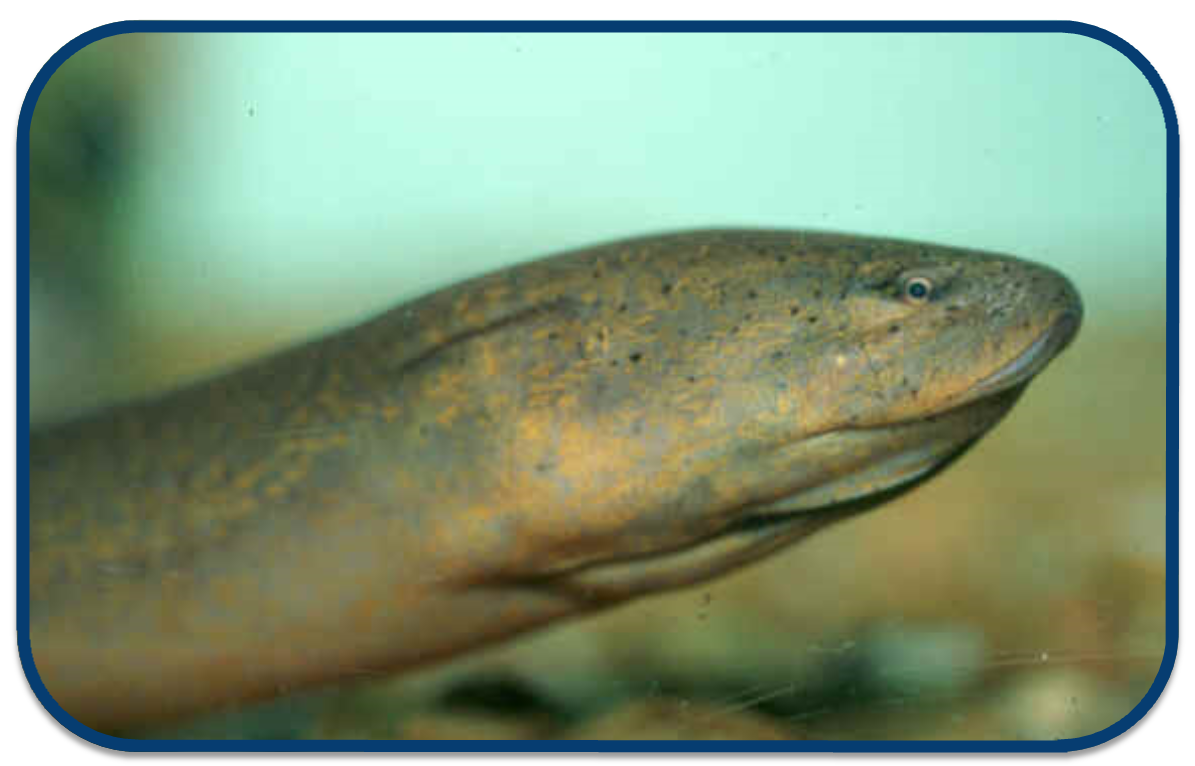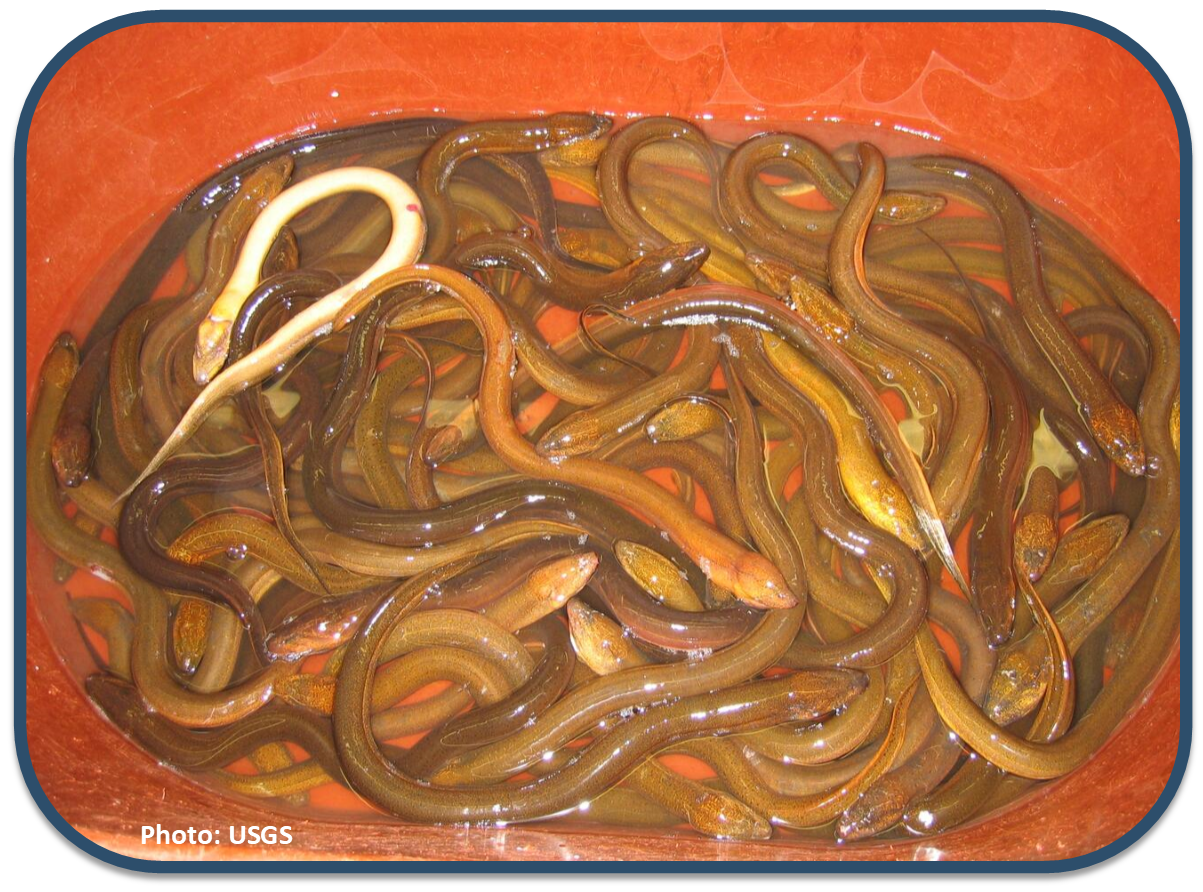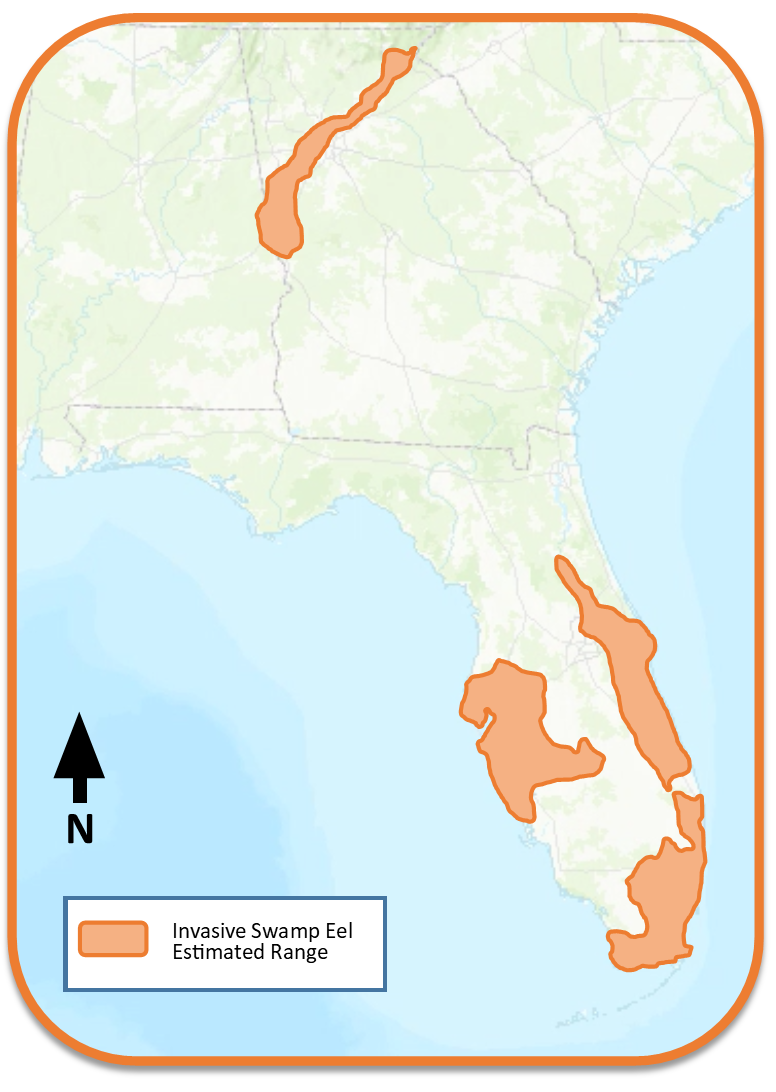
Invasive Swamp Eels
The Asian swamp eel is a unique, air-breathing fish native to Southeast Asia, thriving in muddy, stagnant waters. Unlike most eels, it has a long, slimy body and can survive out of water for extended periods. Its adaptability allows it to inhabit diverse environments, from rice paddies to swamps.
They are an invasive species in the U.S., disrupts ecosystems by preying on native species and outcompeting local wildlife. Its adaptability and ability to thrive in various habitats, including wetlands and drainage systems, enable it to spread rapidly, posing significant ecological and economic challenges.


